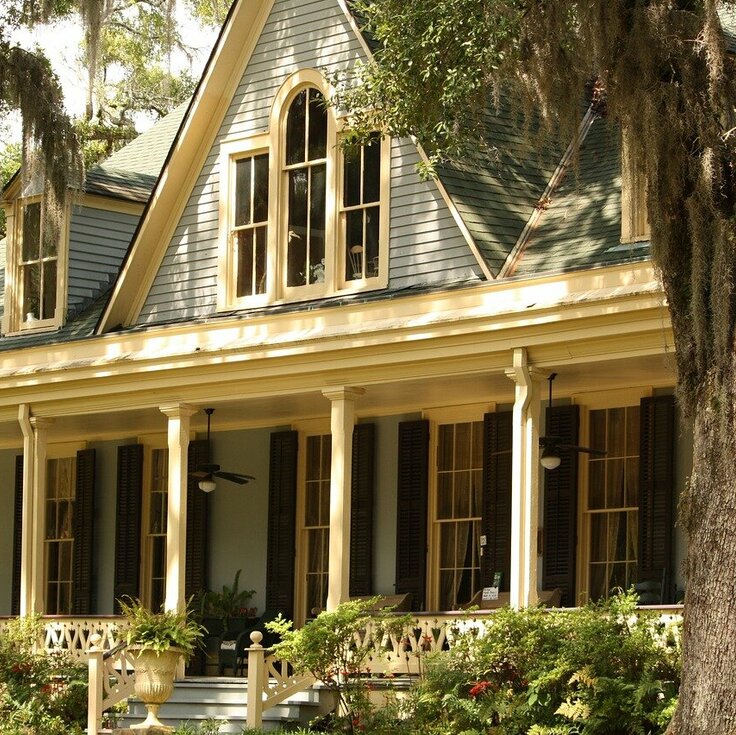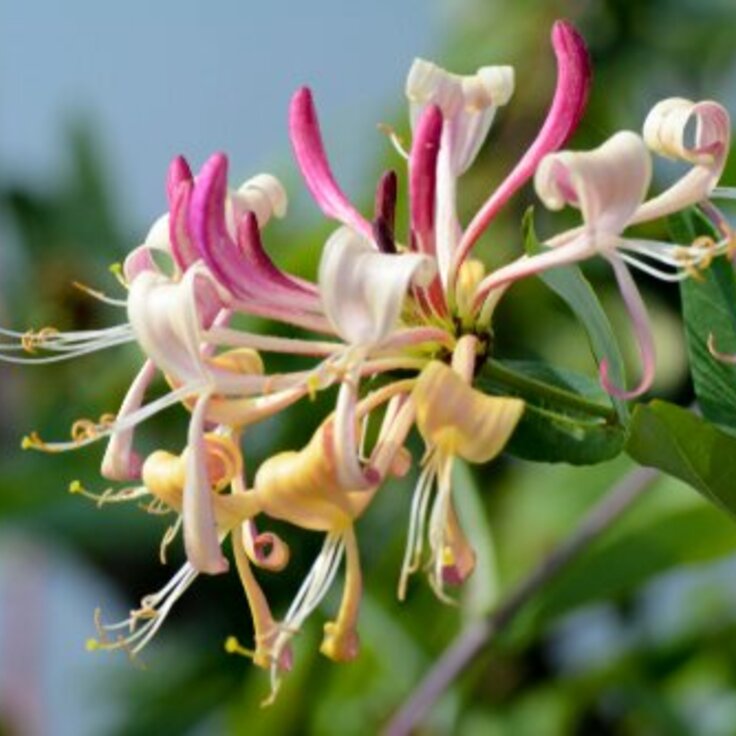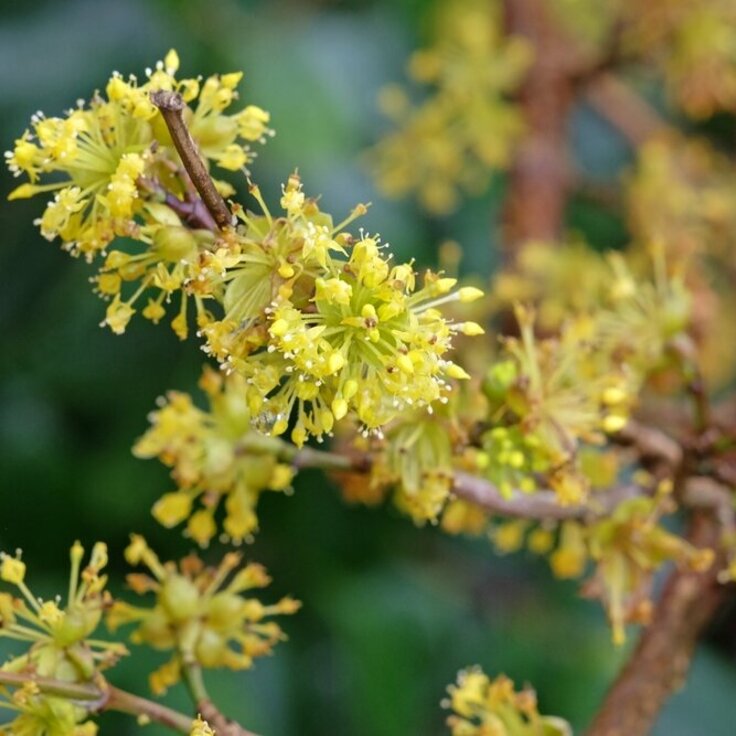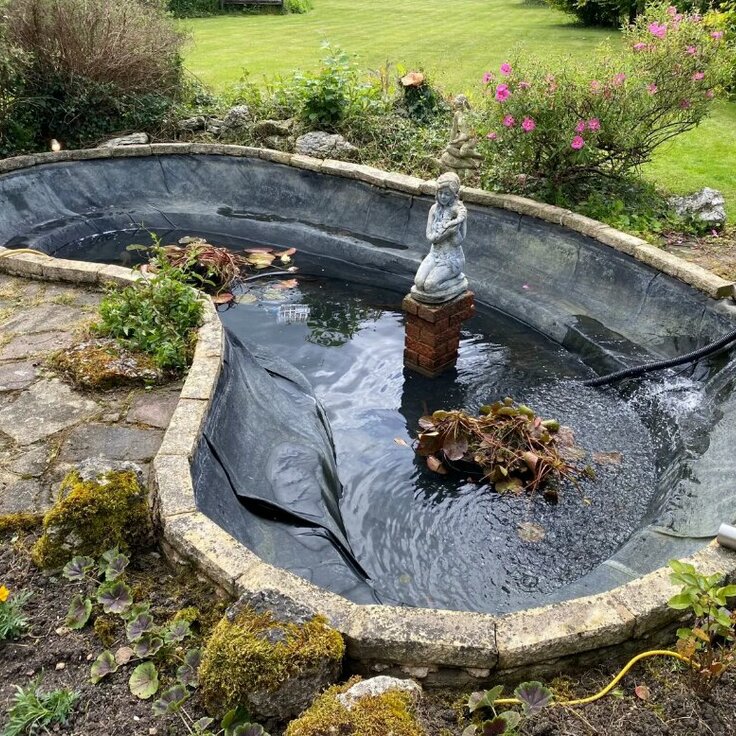Taking 'mallet' cuttings
Kris tries this alternative to heel cuttings, which promises better results.Late summer is the ideal time to propagate your favourite shrubs and climbers using semi-hardwood cuttings. This season's growth is well on its way to hardening up, providing plenty of suitable material for bulking up your stocks. The 'mallet' cutting is so called because the material taken from the plant resembles a hammer in appearance. If you have tried to take 'heel' cuttings before now and had little success, don't give up, try the mallet cutting as it offers several advantages.
A mallet cutting holds more material for the new plant to root from, and having been removed from the plant with a neat cut is less likely to die back or become infected. Perhaps the only drawback is that parts of the plant above the point of where the cutting is taken have to be removed. Berberis makes a great hedge (attractive foliage, intensely coloured berries and thorns for security) but is not the easiest shrub to propagate, and mallet cuttings offer the best chance of success. I picked up a £6.99 Berberis from the garden centre, and from that I should be able to take enough mallet cuttings to create a budget hedge next season.
Step-by-step
Use clean, sharp secateurs to remove material. The head of the mallet should consist of up to 1in (2.5cm) of last year's growth while the 'handle' should be a semi-ripe shoot.
Cut the side shoot back to 4in (10cm) removing the soft growing tip and the lower leaf sets. Make a cut in the mallet to encourage better rooting and dip in rooting hormone powder or gel.
Insert cuttings into a tray or individual 3in (7.5cm) pots filled with cutting compost. Water in and place in a propagator, cold frame or cover with plastic. Keep compost moist at all times.








